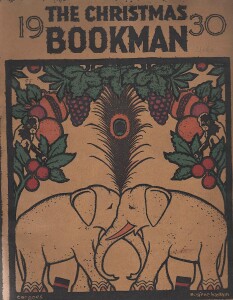 The collecting of modern firsts seems to have begun alongside the rise of the modern etching as an investment opportunity in the early years of the twentieth century. However, while the Wall Street Crash of 1929 succeeded in almost singly handedly destroying the market for etchings, the taste for modern firsts persisted for years afterwards and may even have benefited from investors turning to book collecting from etchings.
The collecting of modern firsts seems to have begun alongside the rise of the modern etching as an investment opportunity in the early years of the twentieth century. However, while the Wall Street Crash of 1929 succeeded in almost singly handedly destroying the market for etchings, the taste for modern firsts persisted for years afterwards and may even have benefited from investors turning to book collecting from etchings.
The Bookman, arguably the most wide-ranging and luxurious magazine available to a middlebrow literary readership at this time, regularly devoted several pages to all kinds of book collecting, including the vogue for modern firsts. It is revealing to discover just how tastes in modern firsts have changed over the past ninety years. Today, the best works of Modernist giants, such as Yeats, Joyce, Eliot, Pound, Virginia Woolf and Lawrence are sought after. Back then, the emphasis seems to have been on contemporary fiction. In the Christmas edition for 1930, for instance, the writer discusses the merits of the many catalogues he has received from dealers. Among them is one from Bertram Rota ( ‘ very readable and educating it is in these days of lowish prices ‘) and from this some highlights are selected.
‘ I note a good collection of Brett Young’s works, including a copy of “ The Dark Tower “ for £3 10s., some seventeen items of Hugh Walpole’s works ( “ Maradick at Forty “, 25s.) and many works of J.B. Priestley…’
In another catalogue it is noted that J. M. Barrie’s “ Window in Thrums “ was priced at 16 guineas and A. E. Coppard’s Adam and Eve and Pinch Me could be had for 6 guineas. Continue reading

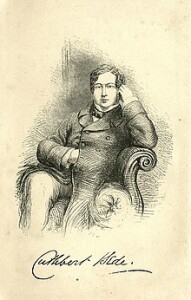

 Found among papers at Jot HQ is this carbon copy of an anonymous typescript article on the Liberal Prime Minister H. Herbert Asquith (1852—1928). The author—evidently a Liberal supporter and a great fan of Asquith—reveals various tantalising clues as to his identity, but remains a mystery, despite intensive online research by your constant Jotter.
Found among papers at Jot HQ is this carbon copy of an anonymous typescript article on the Liberal Prime Minister H. Herbert Asquith (1852—1928). The author—evidently a Liberal supporter and a great fan of Asquith—reveals various tantalising clues as to his identity, but remains a mystery, despite intensive online research by your constant Jotter.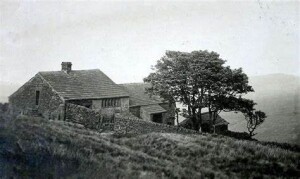
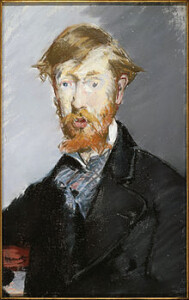 It’s always revealing to learn which books were the favourites of certain writers—and which books or writers were reviled. We know what Wyndham Lewis felt about the Bloomsbury set. It’s all in The Apes of God. It’s not a secret that Martin Amis worships Nabokov and Saul Bellow or that Kingsley Amis was a Janeite. The likes and dislikes of pre-modernist writers, however, tend to be less well known today, so it’s good to find someone expressing their secret admiration for a certain writer or a certain passage of prose or poetry.
It’s always revealing to learn which books were the favourites of certain writers—and which books or writers were reviled. We know what Wyndham Lewis felt about the Bloomsbury set. It’s all in The Apes of God. It’s not a secret that Martin Amis worships Nabokov and Saul Bellow or that Kingsley Amis was a Janeite. The likes and dislikes of pre-modernist writers, however, tend to be less well known today, so it’s good to find someone expressing their secret admiration for a certain writer or a certain passage of prose or poetry.
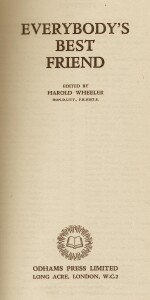

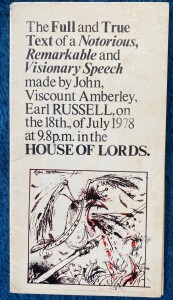 Open Head Press about 1980 at 50p has the full text of Earl Russell’s 1978 maiden speech to the House of Lords.
Open Head Press about 1980 at 50p has the full text of Earl Russell’s 1978 maiden speech to the House of Lords. 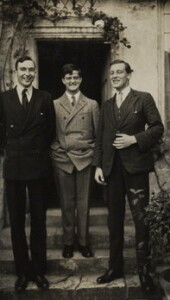

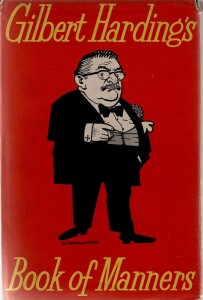 The recent sudden fall from grace of Tudor historian and broadcaster David Starkey over his remarks on the Black Lives Matter campaign recalls to mind another broadcaster of an earlier decade whose detractors also dubbed him ‘ the rudest man in Britain’—Gilbert Harding. This shared reputation comes to mind as we discovered a copy at Jot HQ of the very funny and often wise treatise on good behaviour, Gilbert Harding’s Book of Manners(1956).
The recent sudden fall from grace of Tudor historian and broadcaster David Starkey over his remarks on the Black Lives Matter campaign recalls to mind another broadcaster of an earlier decade whose detractors also dubbed him ‘ the rudest man in Britain’—Gilbert Harding. This shared reputation comes to mind as we discovered a copy at Jot HQ of the very funny and often wise treatise on good behaviour, Gilbert Harding’s Book of Manners(1956).
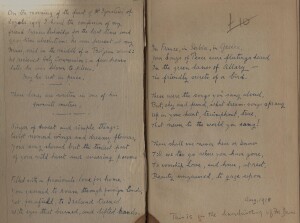

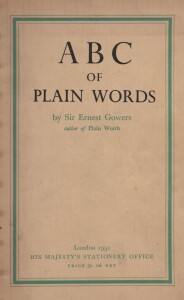 When some BBC journalists don’t know the difference between reticent and reluctant, and use the word enormity to mean an enormous event, popular grammarians, such as Liz Truss or Ernest Gowers, who was her equivalent in the 1950s, are needed more than ever. That’s if these pisspoor journalists can be bothered to read their books.
When some BBC journalists don’t know the difference between reticent and reluctant, and use the word enormity to mean an enormous event, popular grammarians, such as Liz Truss or Ernest Gowers, who was her equivalent in the 1950s, are needed more than ever. That’s if these pisspoor journalists can be bothered to read their books.
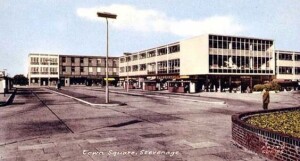 Over the years New Towns have received a bad press. They are regarded as too large and unwieldy in contrast to small, more intimate developments, such as Prince Charles’ Poundbury ( called by some Poundland) in Dorset and Cambourne in Cambridgshire. The last major New Town in England was probably Milton Keynes, which was begun in the sixties and took its inspiration from Stevenage New Town.
Over the years New Towns have received a bad press. They are regarded as too large and unwieldy in contrast to small, more intimate developments, such as Prince Charles’ Poundbury ( called by some Poundland) in Dorset and Cambourne in Cambridgshire. The last major New Town in England was probably Milton Keynes, which was begun in the sixties and took its inspiration from Stevenage New Town.